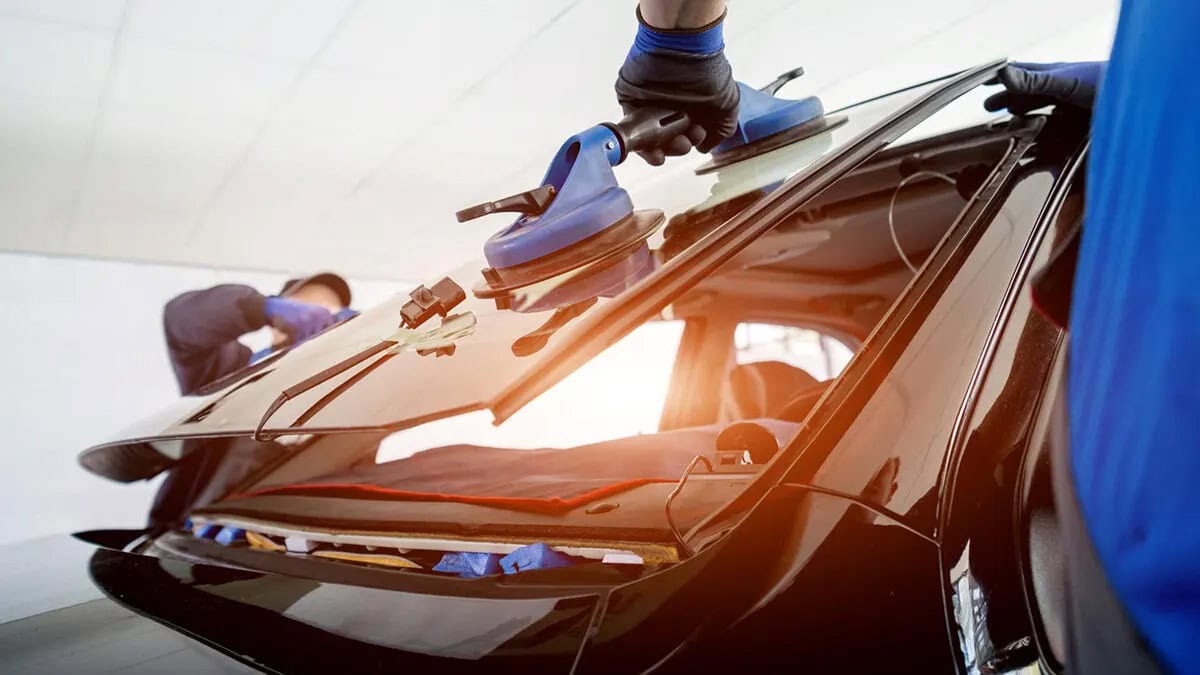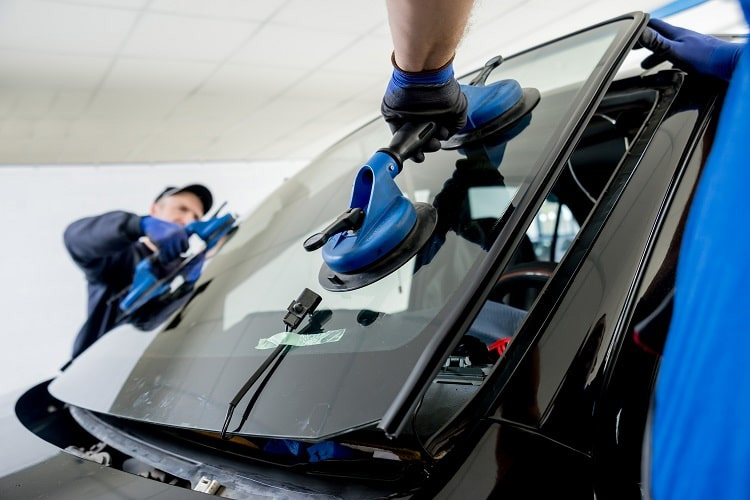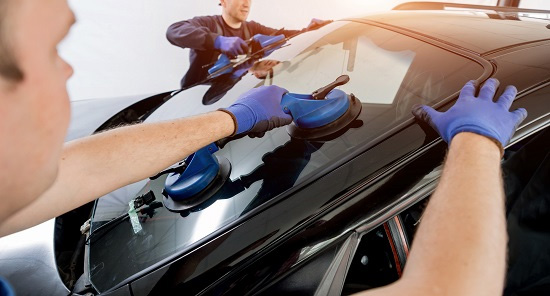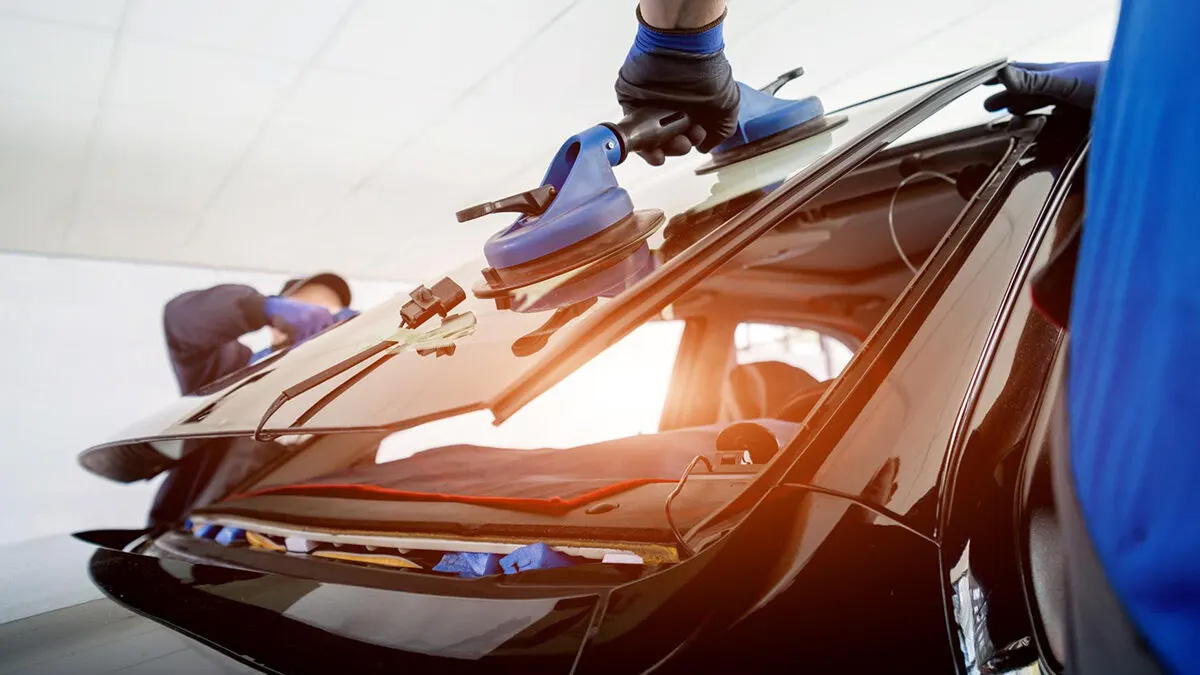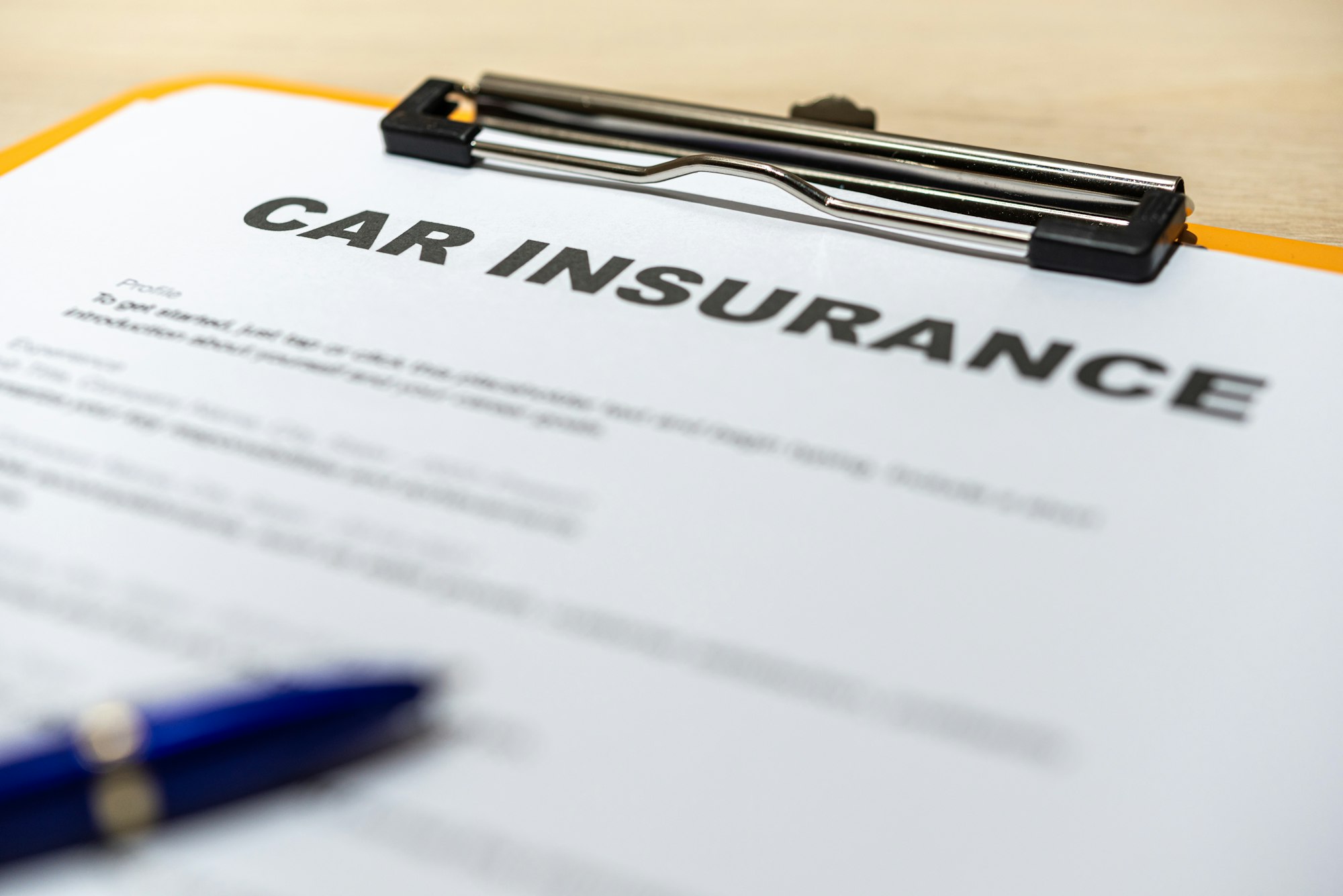It is not advisable to drive your vehicle immediately after a windshield replacement without undergoing ADAS calibration, especially if your vehicle relies on these systems for safety features. Driving without calibration can result in ADAS malfunctions, such as impaired camera vision and sensor alignment, which can compromise the functionality of systems like lane keeping assistance and collision prevention. To ensure your safety and the proper functioning of your vehicle’s ADAS, it is best to complete the necessary calibration before driving.
Yes, recalibrating your Advanced Driver-Assistance Systems (ADAS) is typically necessary after replacing your windshield. This is because the cameras and sensors that ADAS uses to function might be mounted on the windshield, and their alignment could be disturbed during windshield replacement. Recalibration ensures that these systems continue to operate accurately and safely.
Windshield calibration should be done whenever you replace the windshield, after any major front-end collision, or if an error message is displayed regarding the ADAS system. Additionally, it’s wise to have the system checked periodically as recommended by the vehicle’s manufacturer, which could be part of regular maintenance schedules or in alignment with specific mileage intervals.
Failing to recalibrate your windshield after replacement when your vehicle has ADAS can lead to significant issues. Misalignment of ADAS sensors and cameras can result in faulty system operations. This might include improper functioning of features like automatic emergency braking, lane keeping assistance, and other safety mechanisms, potentially increasing the risk of accidents.
If a sensor is not calibrated, the ADAS may not function as designed. This can lead to inaccurate data being used by the system, which might impair the vehicle’s ability to detect and respond to conditions on the road accurately. Un-calibrated sensors can cause errors in system outputs such as false warnings, non-responsiveness, or inappropriate actions by the system, which could compromise vehicle safety.

